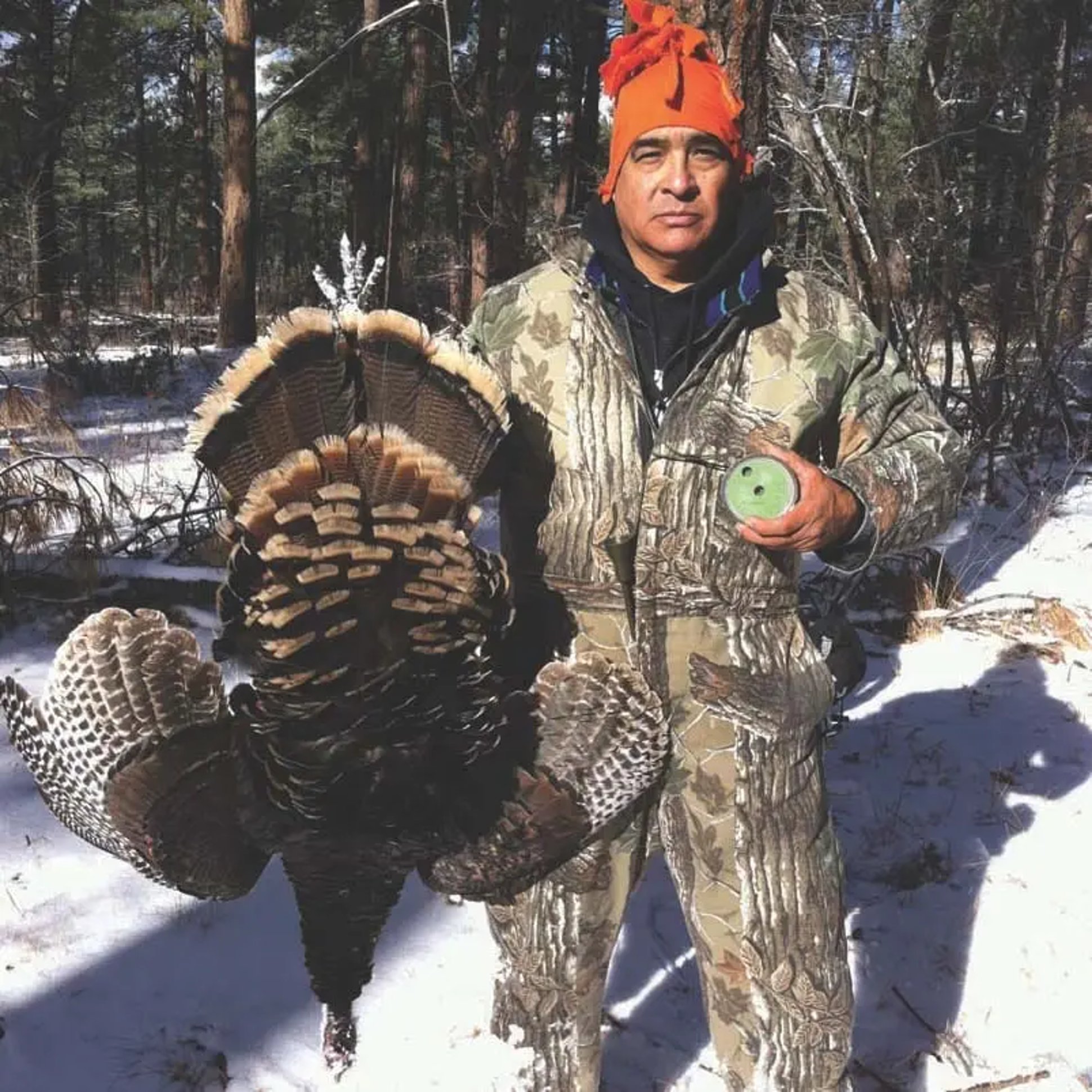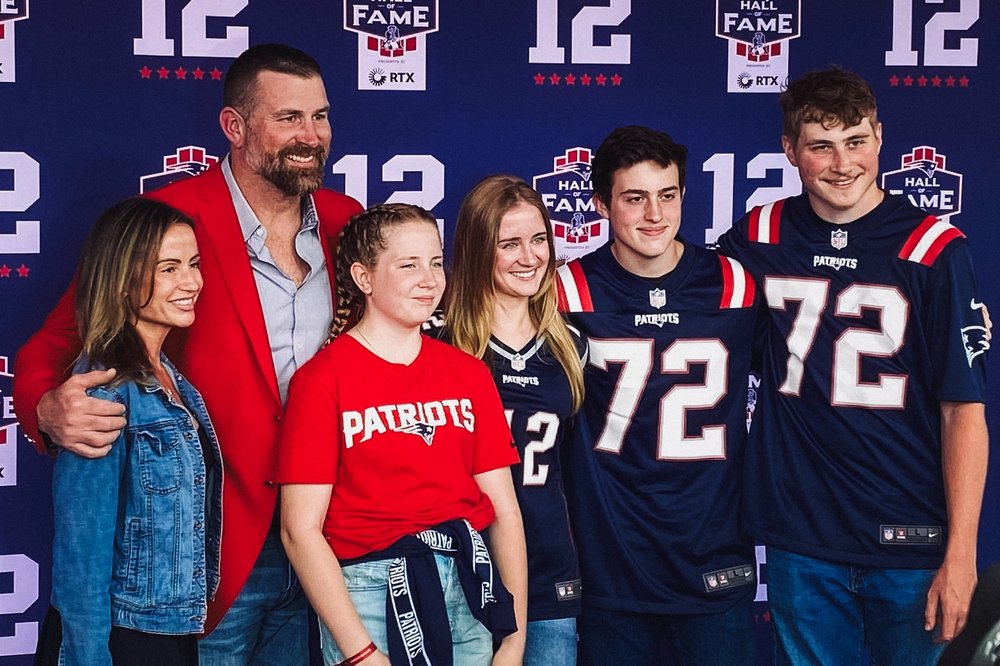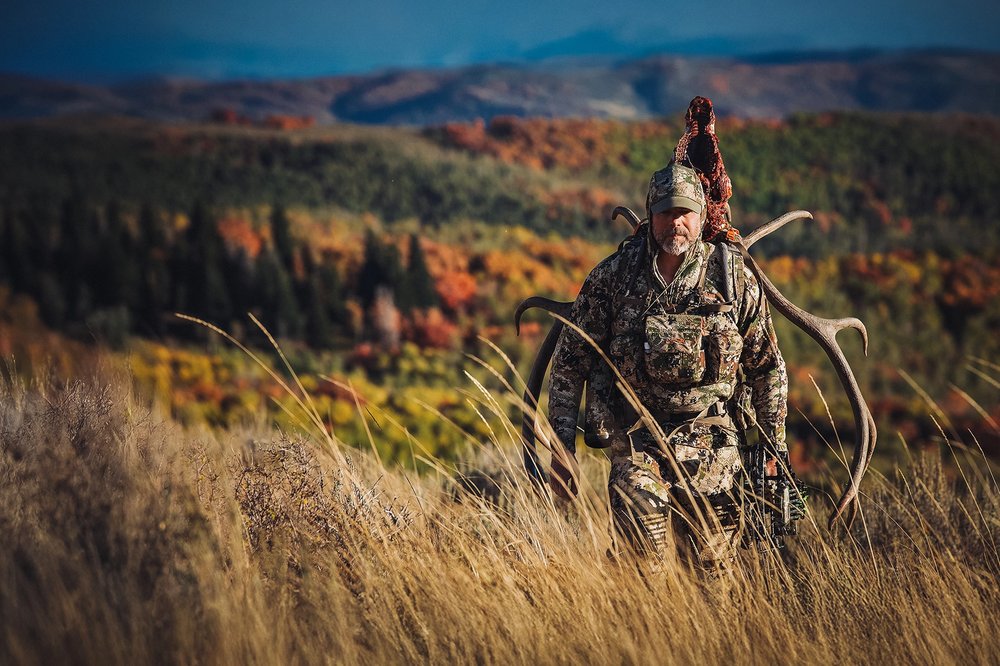The first snowfall had come early to Arizona’s White Mountain Apache Reservation, lending a quiet stillness to that early Thanksgiving morning in 2010. Though the arrival of four inches of powdery white had covered the meadows and weighted the branches of the surrounding pines, it was familiar terrain for 32-year-old Eli Santiago. He was home, back in the world he had grown up in, where he had attended Fort Lutheran Mission School with other Native American children; had fished, hunted, snowboarded, and hiked through the Salt River Canyon and along the base of the sacred Mount Baldy.
He had taken leave of the Reservation after his high school graduation to pursue a degree at Arizona State University, then began a successful career as a tool engineer for Mesa-based Boeing. Yet the call back to the land of his upbringing with its miles of winding streams filled with trout and wildlife habitats where elk, antelope, mountain goats and deer roam, still whispers a gentle welcome.
Accompanied by his father, Irvin, and armed with a 20-gauge shotgun handed down to him by his grandfather, Santiago was in pursuit of prey that had eluded him on previous hunts. His target on that crisp November morning was a wild turkey, the bird which, like no other, has held cultural and spiritual significance since the days of his Native American forefathers.
On that gray morning, the tracks of the birds in the otherwise undisturbed snow promised to make achieving his goal more certain.
“We followed the tracks for a quarter of mile before seeing a flock of about 30 gobblers and hens 300 yards away,” Santiago recalls. “We stalked them for about 45 minutes, then my dad began using his caller (that imitated the sound of a turkey hen). In time, they began heading toward us.”
Then, however, something out of the ordinary occurred. Suddenly, the birds were running toward the hunters, as if being pursued by some predator. As they neared, they took flight, soaring 10-15 feet in the air. When one of the gobblers flew overhead, Santiago fired his shotgun skyward, bringing down his first turkey.
Afterwards, he proudly posed for photographs taken by his dad, the turkey’s tail feathers fanned across one shoulder. Then they headed home to prepare the bird for the family’s Thanksgiving meal.
Though he had worn camouflage instead of buckskin, and despite the fact his weapon was a shotgun rather than a handmade bow, Santiago had, in a sense, united the past and present of a spiritual Native American tradition.
I am truly blessed to be able to enjoy a passion I look forward to every year. It’s all about the journey. After eight years I am still hunting and wanting to have the same feeling every year. We hunters know that feeling when we are out there. It keeps calling us back. — Eli Santiago
In the legend and folklore of Native Americans, the wild turkey has long served as a symbol of everything from pride and fertility to a source of high fashion. When brave in battle, warriors were awarded a feather for their efforts, a spiritual gift signifying the untamed wildness of the Earth. In addition to providing food, the proud and elusive birds offered a variety of uses in bygone days. Their wing bones were dried and fashioned into hunting whistles, their feathers stabilized arrows and were featured on ceremonial clothing and headdresses. The Creek tribe originated a ceremonial Turkey Dance that mimicked the noble bird’s movements, performing it as an homage to its mystical powers.
It was said the wild turkey even had the ability to predict oncoming rains. For many tribes, the plaintive whooping cry of the male turkey gave birth to the long-ago war cries that signaled calls to battle.
Tribesmen regularly cleared away trees so there might be more open meadowlands for the turkeys to graze and nest. Says National Wild Turkey Federation spokesman Matt Lindler, “Native Americans would do controlled forest burns to create new habitats for the turkeys.”
Such were the stories and mythology passed along by tribal elders for decades. Today, however, they have all but gone silent. Many modern-day Native Americans — like Eli Santiago — admit to knowing little specifics of the spiritual reverence their ancestors had for the wild turkey. On the roughly 300 present-day reservations throughout the nation, turkey hunting remains a thriving tradition but its basis, its spiritual beginnings, its unbridled appreciation for the prey, have become the lonely province of faded history.
Now, resident hunters abide by tribal hunting regulations and seasons that mirror those of state and national wildlife authorities. Increasingly popular are sponsored hunts where, for a fee, non-Native American hunters are welcomed onto reservations. Decorative turkey feathers are sold online and in craft shops, catering to those with no real interest in hunting and little, if any, knowledge of Native American heritage.
“There are tribal traditions still acknowledged,” Santiago says. “For instance, it is tradition that one not hunt during his spouses’ pregnancy.” In the months before his 2-year-old son Liam was born, Santiago obediently curtailed his outdoor activities. “But, no, I must admit I have heard little about the history associated with the wild turkey.”
It is an admission made by many of today’s Native American gamesmen and women. They hunt the wild turkey on reservations in increasing numbers, and it is a traditional part of their annual Thanksgiving celebration, just as it was back in 1621 when their ancestors shared that first historic meal with the newly arrived Pilgrims. Seldom, however, are there tales of a fast-dimming past, few history lessons are passed along. The echoes, though they remain, have grown faint. And to that notion there is a loss.
There are, however, modern-day exceptions.
In the northeast corner of New Mexico, on the remote Zuni Pueblo reservation, the wild turkey and its sacred plumage remain deeply imbedded in the tribe’s culture and religion. Feathers, many donated by the National Wild Turkey Federation, are used in prayer offerings and the preparation of ceremonial costumes.
Though the reservation’s Fish and Wildlife Department Director, Nelson Luna, oversees an ongoing program for the restoration of the wild turkey and its habitats, it is unlawful to hunt the sacred bird on Zuni Pueblo land.
“Here,” say Luna, who has spent his entire life on the reservation, “we are lucky to have retained our knowledge of the spiritual importance of our wildlife. It continues to be passed along from generation to generation, from grandfathers to fathers, fathers to sons.”
Such is the manner by which history and tradition survive.



